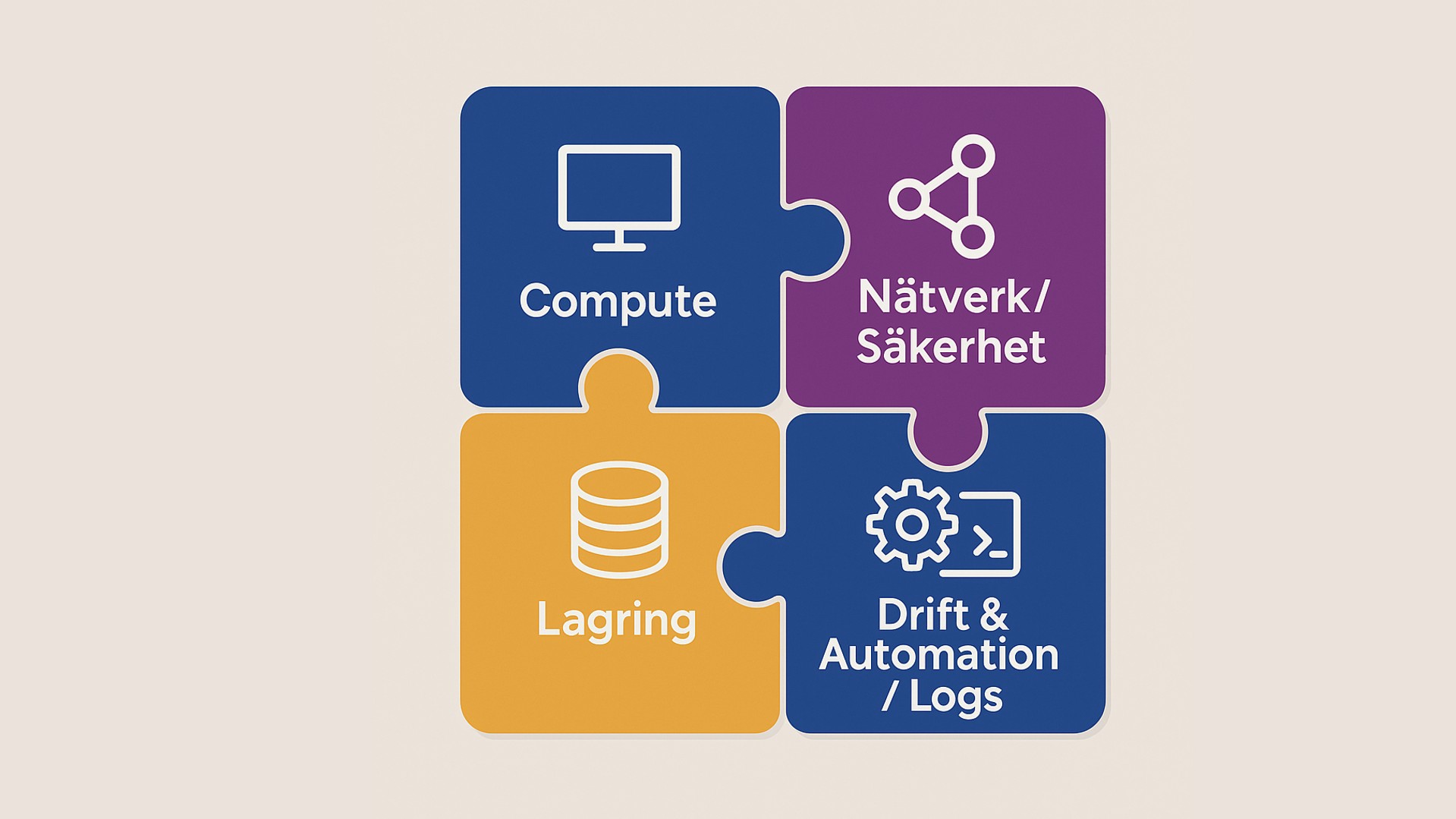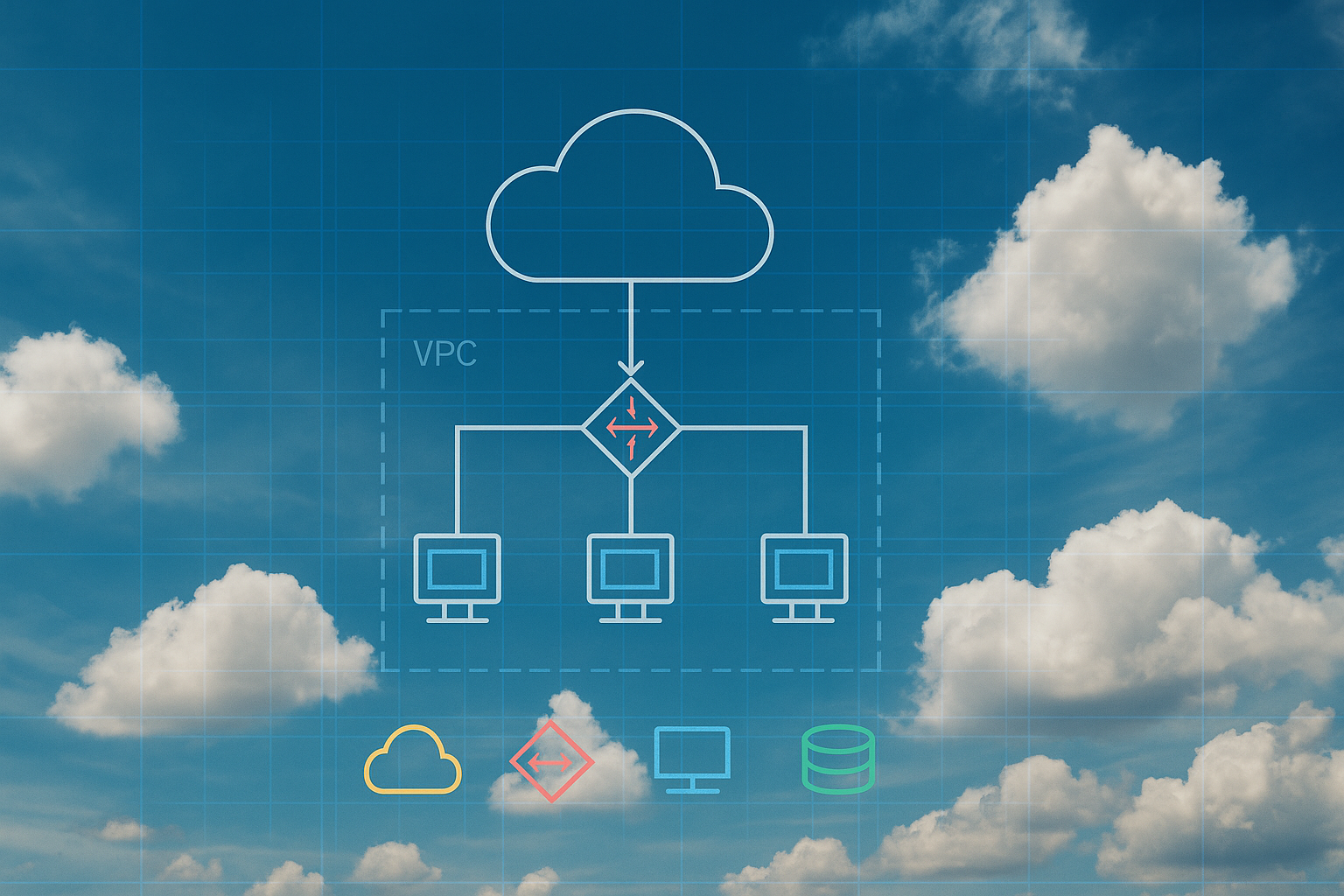Windows Server Hybrid - Configuring Advanced Hybrid Services

Denna kurs lär dig som IT-proffs utnyttja hybridfunktionaliteten i Azure, hur du migrerar virtuella och fysiska serverworkloads till Azure IaaS samt hur du hanterar och säkrar virtuella Azure-maskiner som kör Windows Server.
Kursen tar även upp hur du utför uppgifter relaterade till hög tillgänglighet, felsökning och katastrofåterställning. Den behandlar olika administrativa verktyg och teknologier inklusive Windows Admin Center, PowerShell, Azure Arc, Azure Automation Update Management, Microsoft Defender for Identity, Azure Security Center, Azure Migrate och Azure Monitor.
Windows Server 2025 på Cornerstone
Gå på djupet med tekniker som Active Directory, säkerhet, prestanda och hybridmolnstöd samt datacenter-teknologier som Hyper-V, Failover clustering, Load Balancing och Storage Spaces.
Målgrupp och förkunskaper
Kursen är avsed för IT-proffs som konfigurerar avancerade Windows Server-tjänster med hjälp av lokala, hybrid- och molntekniker. Här ingår att du hanterar och stödjer en infrastruktur som inkluderar lokala och Azure IaaS-hostade Windows Server-baserade workloads.
Som deltagare förutsätts du besitta vissa förkunskaper för att kunna tillgodogöra dig kursens innehåll samt följa med i dess tempo:
- Erfarenhet av att hantera Windows Server-operativsystem och Windows Server-workloads i lokala scenarier, inklusive AD DS, DNS, DFS, Hyper-V samt fil- och lagringstjänster.
- Erfarenhet av vanliga Windows Server-hanteringsverktyg (underförstått i första punkten ovan).
- Grundläggande kunskaper om Microsofts centrala tekniker för datoranvändning, lagring, nätverk och virtualisering (underförstått i första punkten ovan).
- Erfarenhet och förståelse för centrala nätverkstekniker såsom IP-adressering, namnupplösning och DHCP.
- Erfarenhet av att arbeta med och förståelse för Microsoft Hyper-V och grundläggande servervirtualiseringskoncept.
- Grundläggande erfarenhet av att implementera och hantera IaaS-tjänster i Microsoft Azure.
- En medvetenhet om grundläggande säkerhetsmetodik
- Grundläggande förståelse för säkerhetsrelaterade tekniker (brandväggar, kryptering, multifaktorautentisering, SIEM/SOAR).
- Grundläggande kunskap om lokal resiliens i Windows Server-baserad beräknings- och lagringsteknik (Failover Clustering, Storage Spaces).
- Grundläggande kunskap om Azure Active Directory.
- Erfarenhet av att arbeta praktiskt med Windows-klientoperativsystem som Windows 7, 8, 10 eller Windows 11.
- Grundläggande erfarenhet av Windows PowerShell.
För att alltid hålla en hög kvalitet på våra teknikkurser använder vi både engelsk- och svensktalande experter som kursledare.
Detaljerad information
Kursmaterialet är på engelska, med detta innehåll:
Secure Windows Server on-premises and hybrid infrastructures
- Secure Windows Server user accounts
- Hardening Windows Server
- Secure Windows Server DNS
- Windows Server Update Management
- Implement Windows Server IaaS VM network security
- Audit the security of Windows Server IaaS Virtual Machines
- Manage Azure updates
- Configure BitLocker disk encryption for Windows
Implement Windows Server high availability
- Implement Windows Server failover clustering
- Implement high availability of Windows Server VMs
- Implement scale and high availability with Windows Server VMs
- Implement Windows Server File Server high availability
Implement disaster recovery in Windows Server on-premises and hybrid environments
- Implement Hyper-V Replica
- Protect your on-premises infrastructure from disasters with Azure Site Recovery
- Implement hybrid backup and recovery with Windows Server IaaS
- Protect your Azure infrastructure with Azure Site Recovery
- Protect your virtual machines by using Azure Backup
Migrate servers and workloads in on-premises and hybrid environments
- Active Directory Domain Services migration
- Migrate file server workloads using Storage Migration Service
- Migrate Windows Server roles
- Migrate on-premises Windows Server instances to Azure IaaS virtual machines
- Upgrade and migrate Windows Server IaaS virtual machines
- Containerize and migrate ASP.NET applications to Azure App Service
Monitor and troubleshoot Windows Server environments
- Monitor Windows Server performance
- Manage and monitor Windows Server event logs
- Implement Windows Server auditing and diagnostics
- Troubleshoot Active Directory
- Monitor Windows Server IaaS Virtual Machines and hybrid instances
- Monitor the health of your Azure virtual machine by using Azure Metrics Explorer and metric alerts
- Monitor performance of virtual machines by using Azure Monitor VM Insights
- Troubleshoot on-premises and hybrid networking
- Troubleshoot Windows Server Virtual Machines in Azure
Relaterat innehåll


